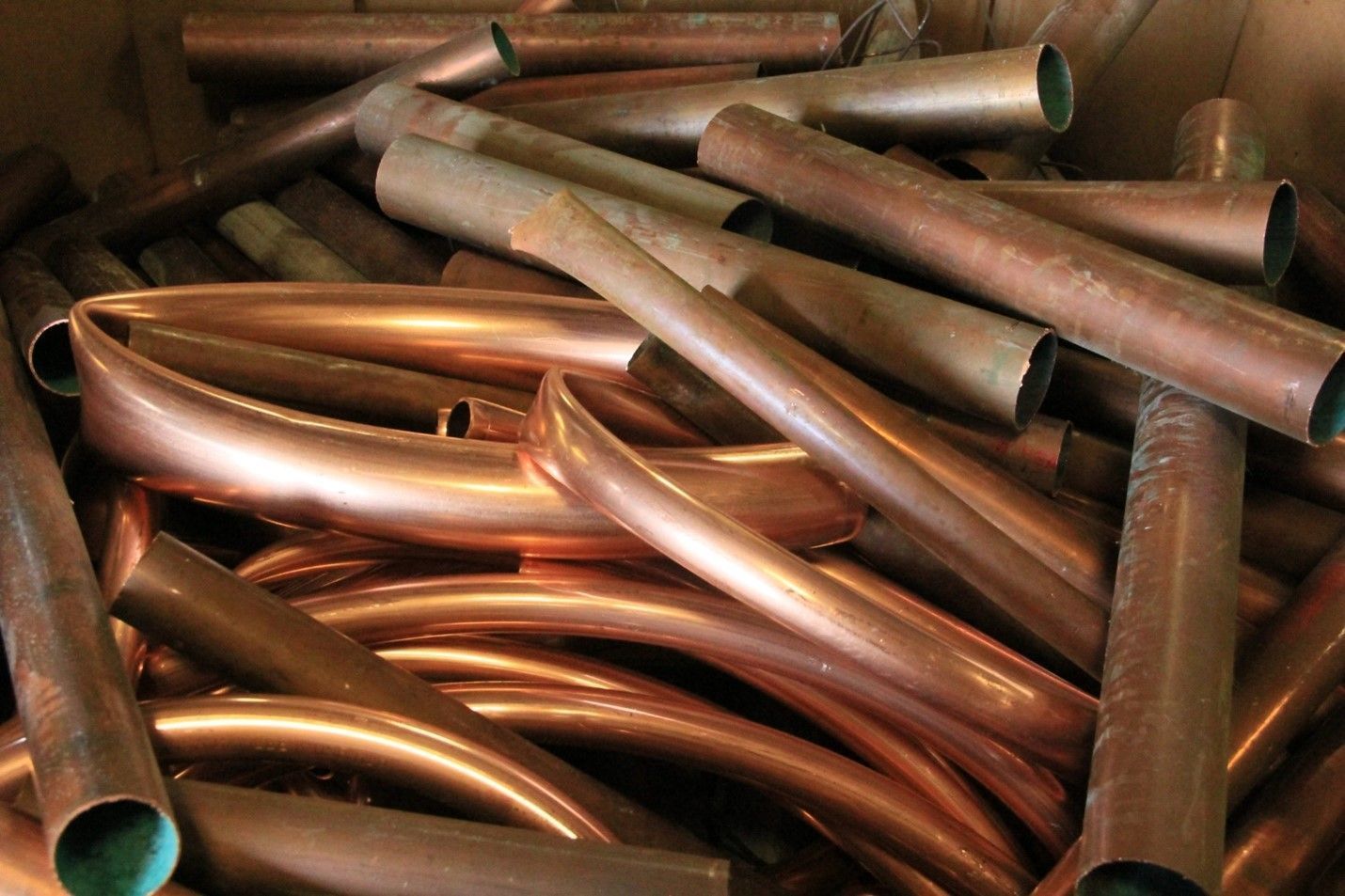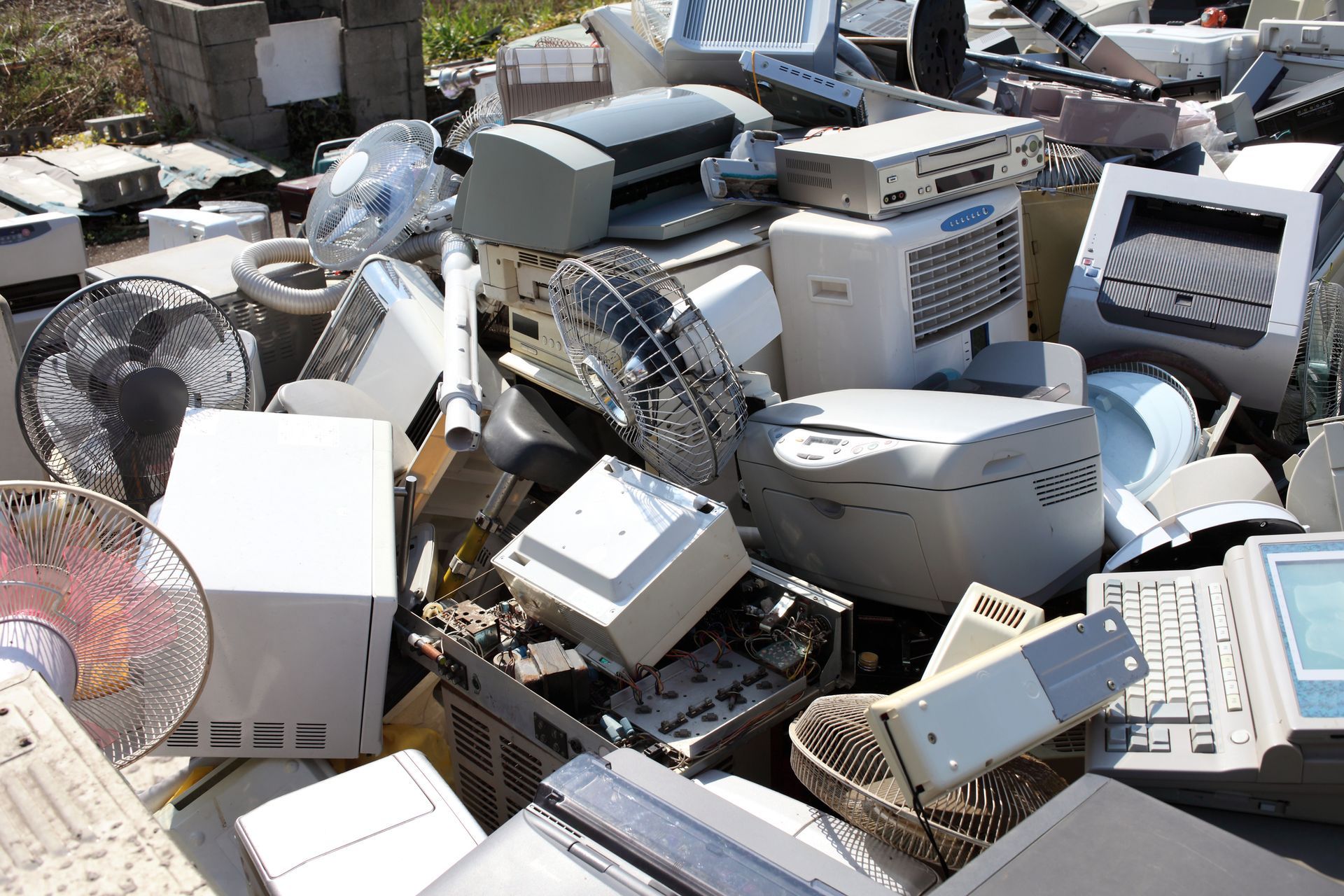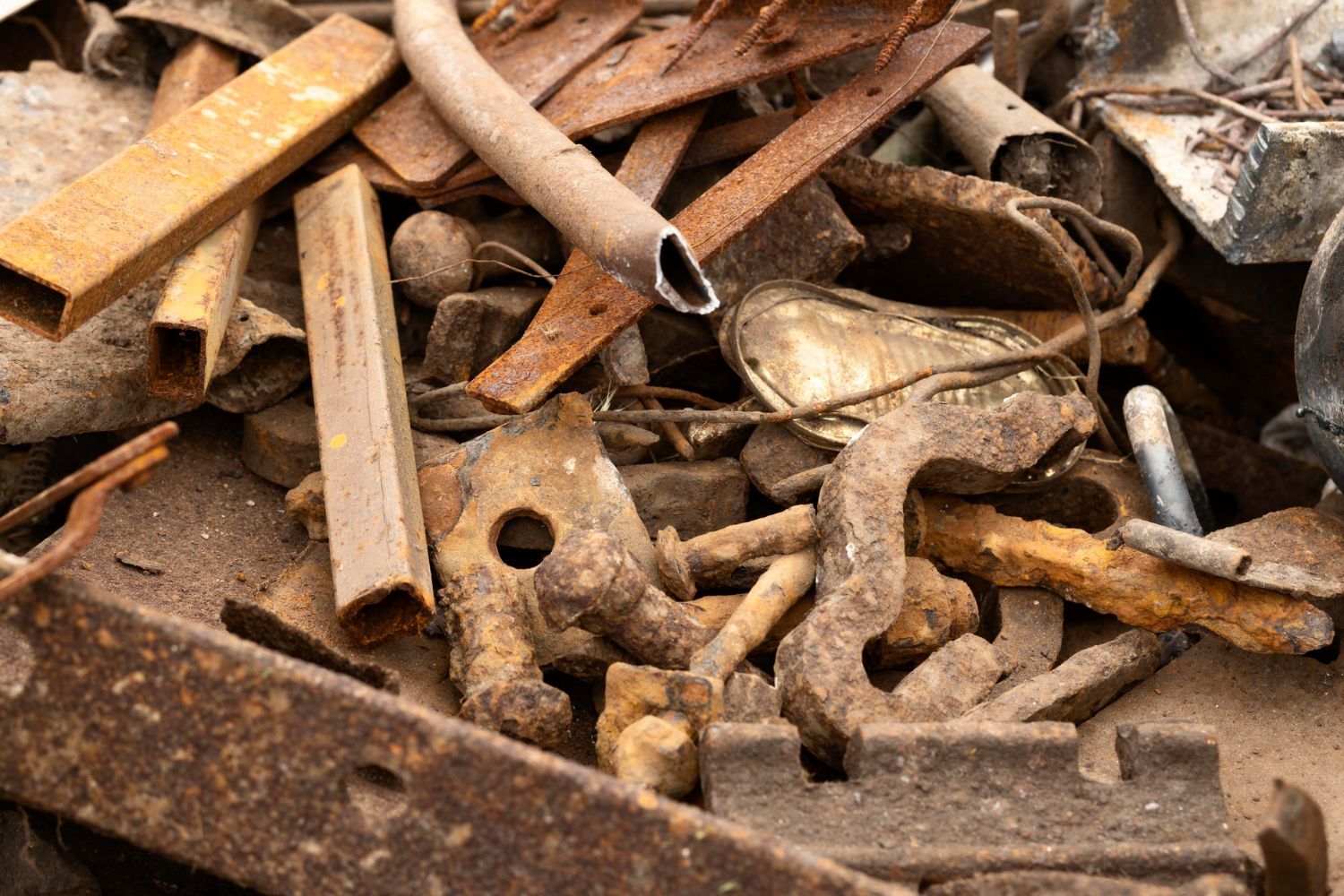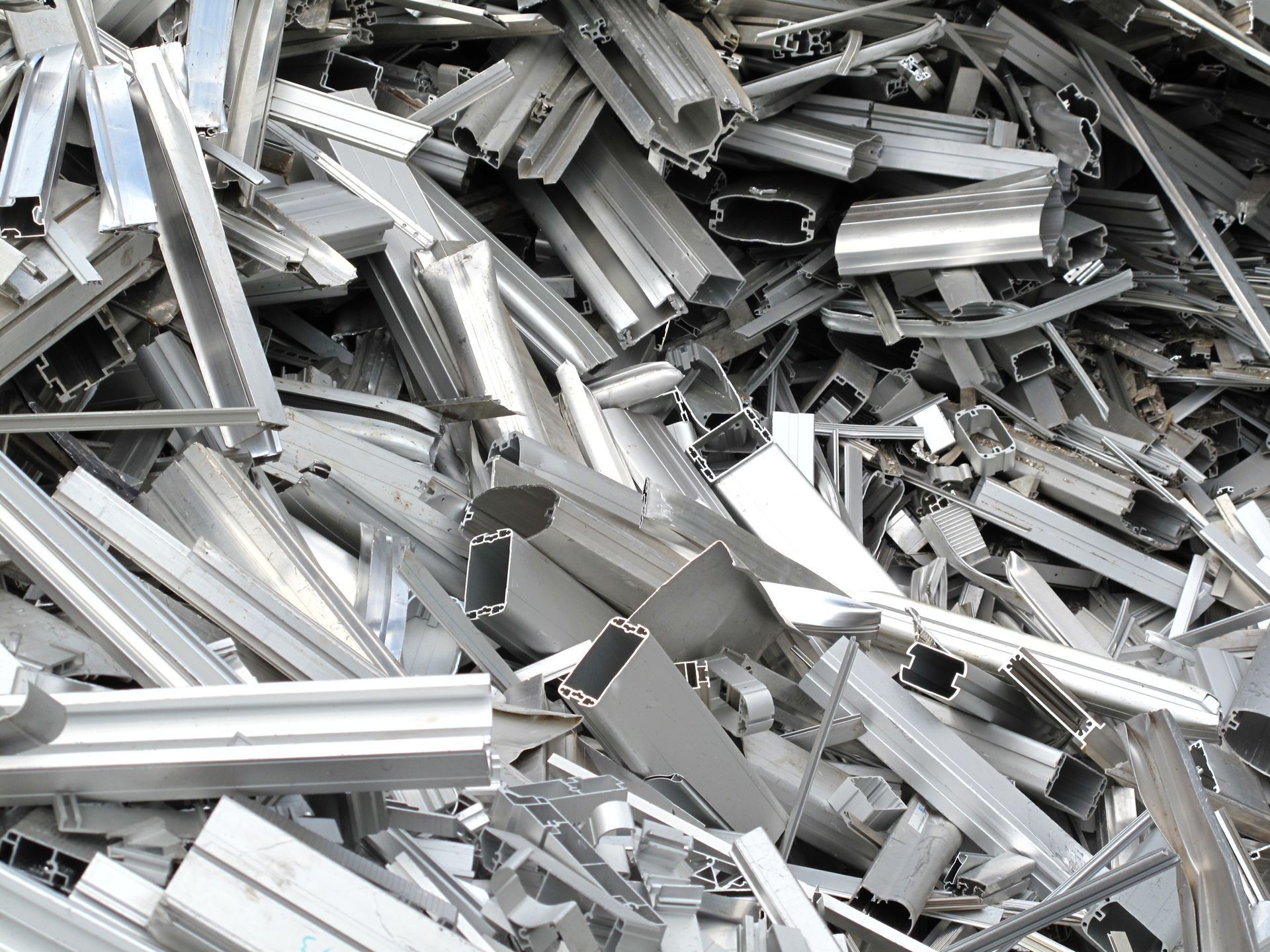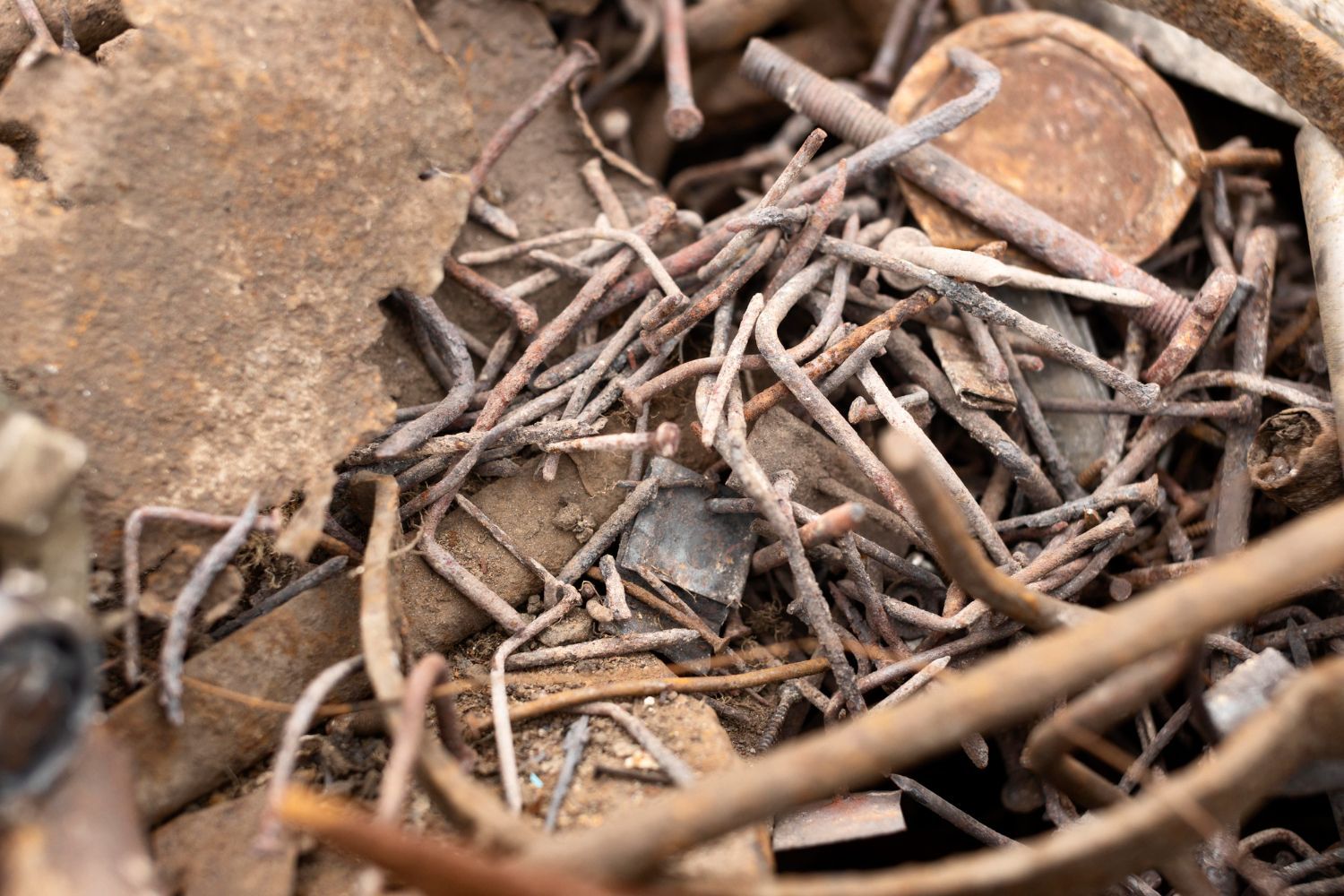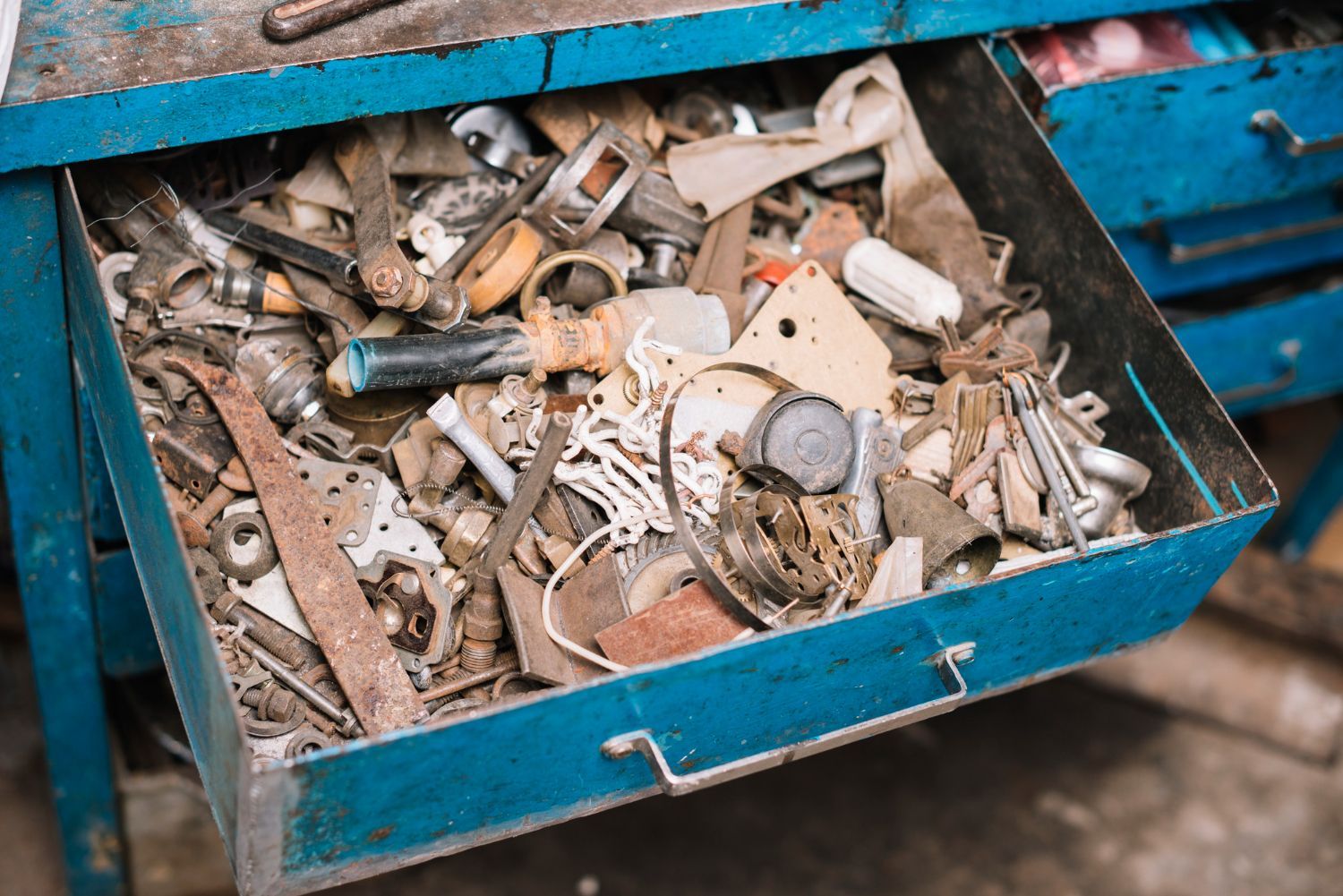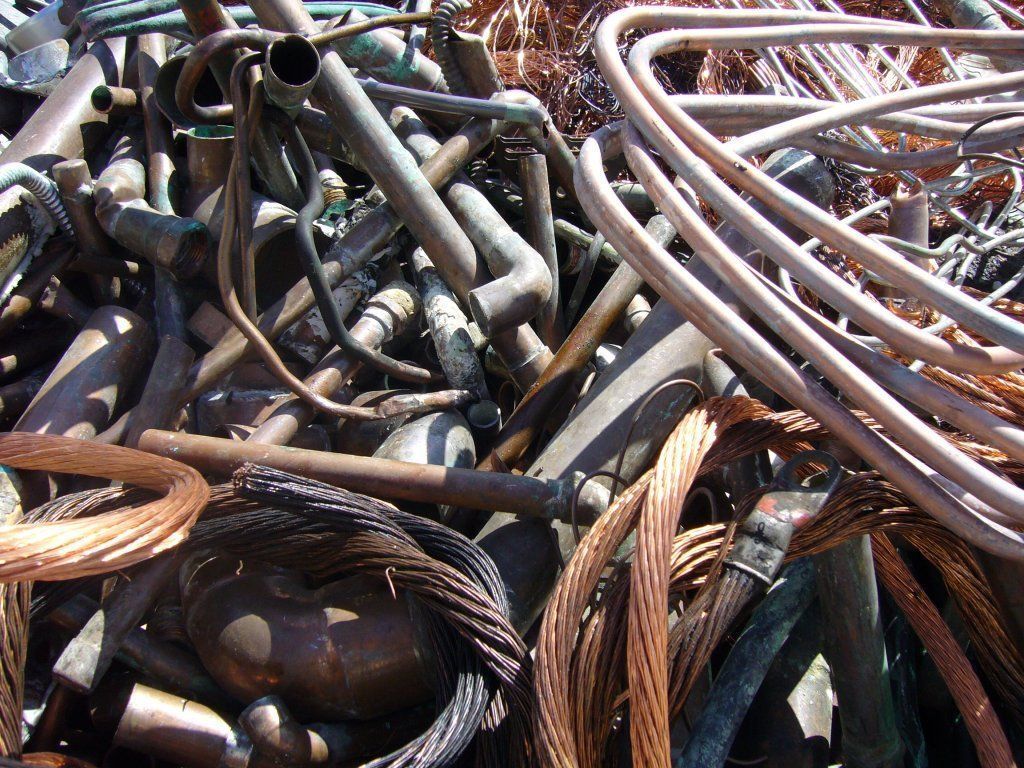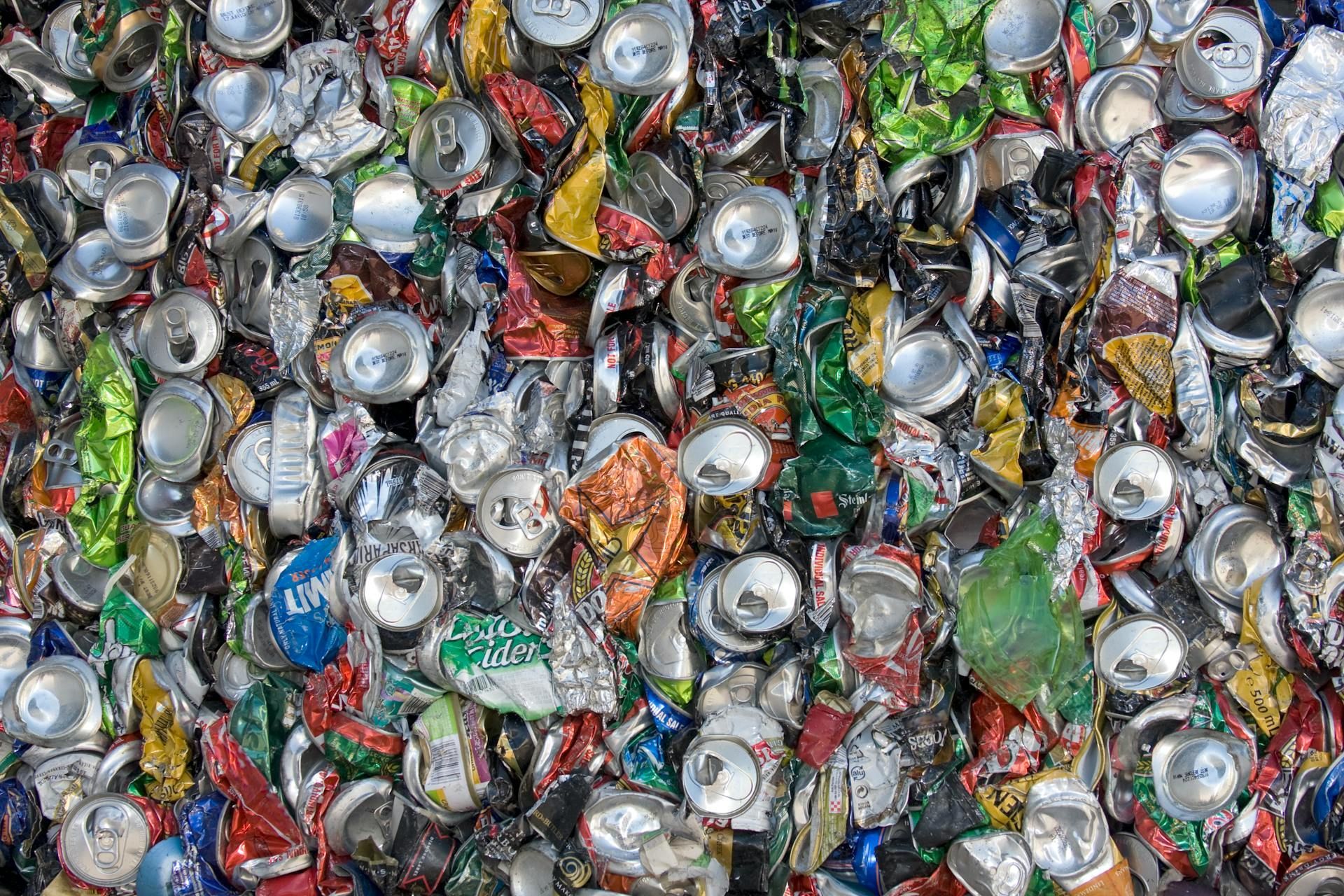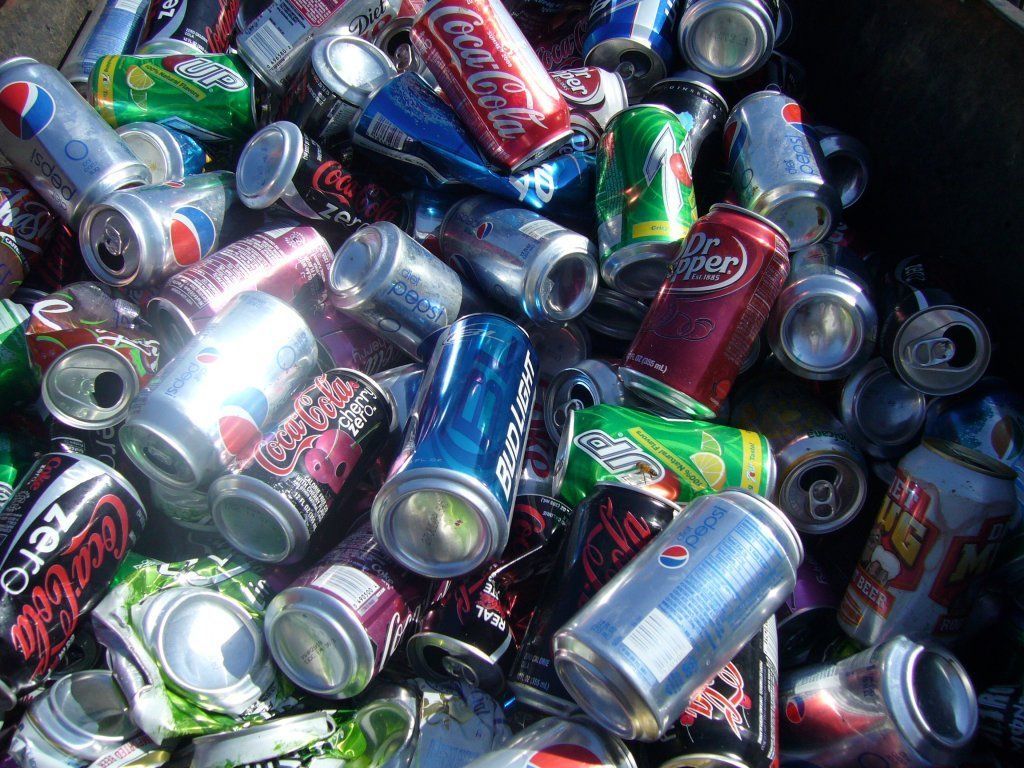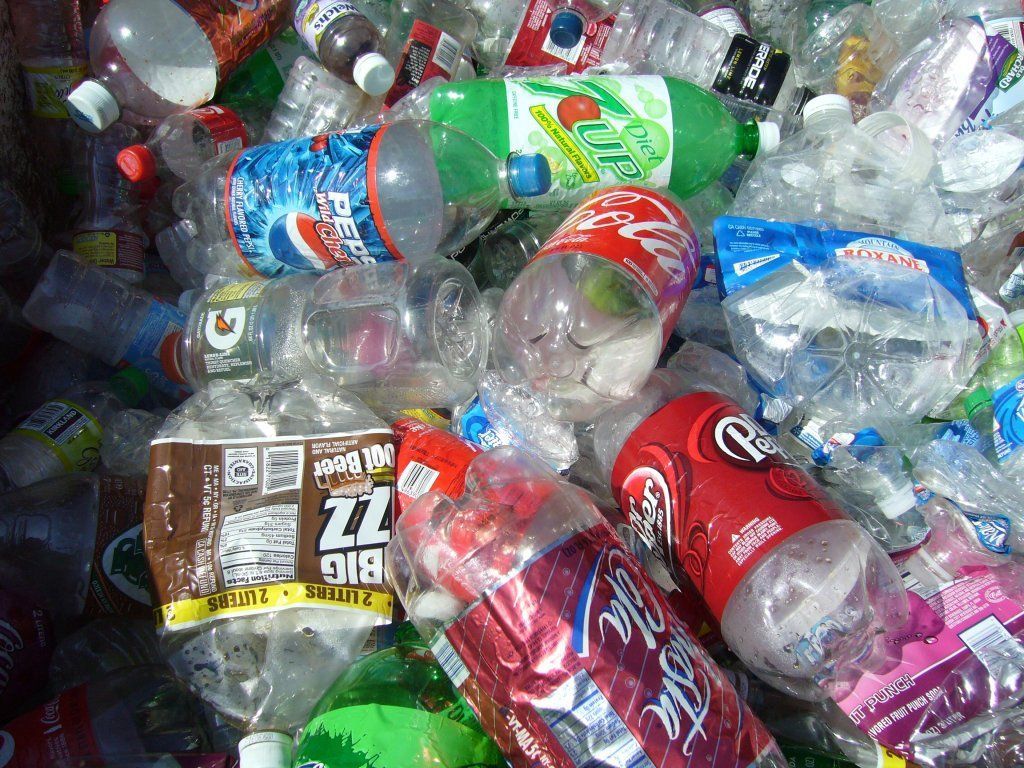The Different Metals You Can Scrap From Your Junk Vehicle
When your trusty car finally sputters its last exhaust-filled breath, you might see nothing more than a hunk of metal ready for the junkyard. However, within that seemingly worthless heap lies a trove of valuable materials just waiting to be reclaimed.
Scrapping your junk vehicle isn't merely a farewell to an old friend. It's an exploration into the world of recycling and recovery. Beyond contributing to environmental sustainability, there is a real potential to pocket some extra cash. Let's explore the various metals ripe for scrapping within your defunct automobile.
1. Aluminum
Many automotive components, including engine segments, wheels, gearbox housings, suspension mechanisms, body sections, and cabin trim, are manufactured from aluminum. Also, it is a common heat shield and reflector for automotive headlights and taillights.
Aluminum is most commonly utilized in various alloys, composed of metal combinations with distinct properties. The chassis is made of stiff aluminum alloys, while engine blocks and gearbox housings are made of soft metals. As a result, producers can modify aluminum's characteristics to meet the demands of specific vehicle components.
Aluminum wheels, for example, are a common pick among automakers due to their much lower weight than conventional steel wheels.
Aluminum is not quite as robust as iron, but it is a long-lasting material that can support heavy vehicle components. Therefore, it is an excellent material for automobiles since it is both efficient and cheap.
2. Steel
The production of automobiles relies heavily on steel. Many automotive components, including the chassis, support frames, and exhaust systems, use steel due to its strength and longevity. Steel's impact-absorbing and safety-enhancing properties make it a popular material for use in roll enclosures, body sections, and suspension parts.
Because steel is so adaptable, engineers use various grades and types to build automobiles. The steels utilized in the production of automobiles range from advanced high-strength steels to ultrahigh-strength steels, as well as high-strength low-alloy steel materials. Manufacturers also consider how these materials will affect their bottom lines, including how lightweight and inexpensive they are.
The anti-rust properties of stainless steel make it a popular choice among automakers. Bolts, brackets, and exhaust elements often employ it to ensure these parts last a long time.
3. Magnesium
Magnesium has found use in the automobile industry, thanks to its lightweight, robust, and corrosion-resistant properties. It is perfect for luxury sports cars because it can reduce weight without sacrificing strength or durability, which is why it is so
The frame, doors, and bonnet on automobiles often use magnesium because of its low density and lightweight. This contributes to the vehicle's additional weight reduction without sacrificing strength or durability. It is only utilized in limited amounts to keep the vehicle from losing its equilibrium.
4. Copper
The automotive sector frequently opts for copper due to its exceptional electrical and thermal conductivity, strength, and resistance to corrosion. The wiring of automobiles is one of their primary applications for copper. Several components, including the radio, safety features, and charging ports, rely on copper cables, which are present in abundance throughout the vehicle.
These systems work well because of copper's high conductivity, which enables the seamless passage of electrical signals.
Additionally, copper is utilized in the manufacturing of alloys, which provide improved qualities like higher strength and resistance to corrosion. Because of their resistance to high temperatures and severe environments, these alloys find widespread use in components like brake pads and exhaust systems.
Copper is present in other automotive components, such as the starters that activate the engine and driving motors operating different mechanical systems.
Ready to turn your junk vehicle and other scrap metal into cash and do your part for the planet? Come down to Bruce Metal & Salvage, where your scrap is our specialty. Contact us to learn more about our services and how we can assist you in your metal recycling journey.





